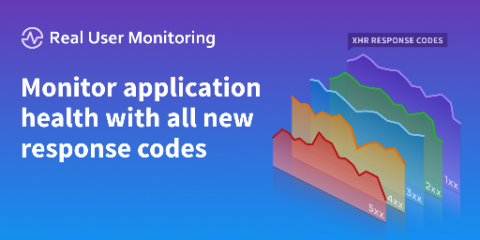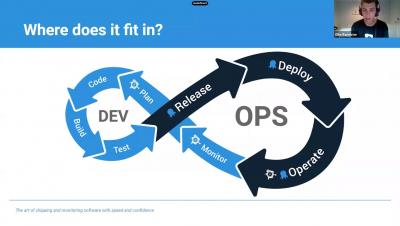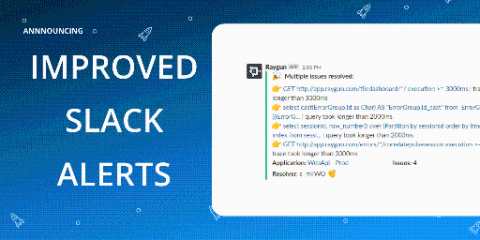Monitor application health with the new response codes tab in RUM
In this release, we’re bringing an all-new section to Real User Monitoring to provide another way for you to monitor application health; the Response Codes tab. Real User Monitoring now tracks the response codes from XHR/AJAX calls made in your web application using the JavaScript provider. You can now: Stacked view of your application’s response codes This feature brings vital insight into the health of your applications so you can deliver the software experiences your customers deserve.











